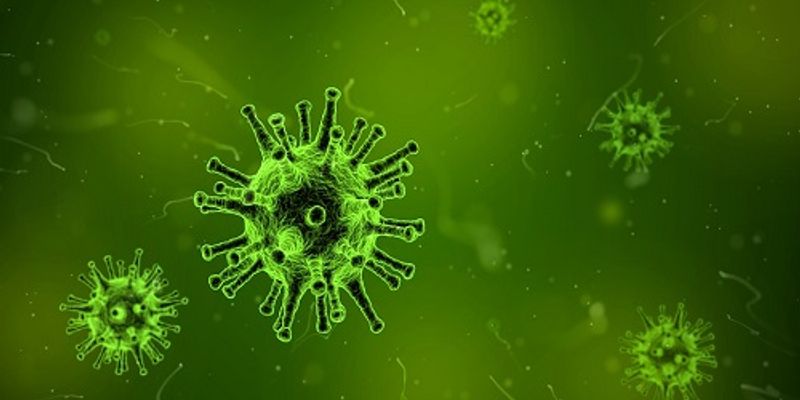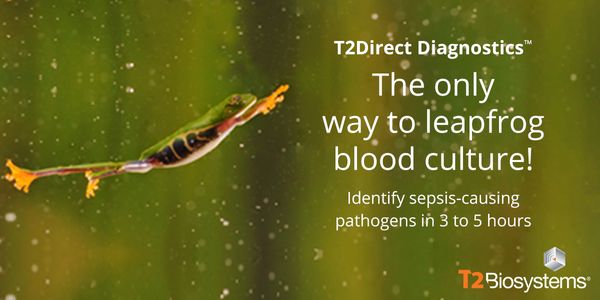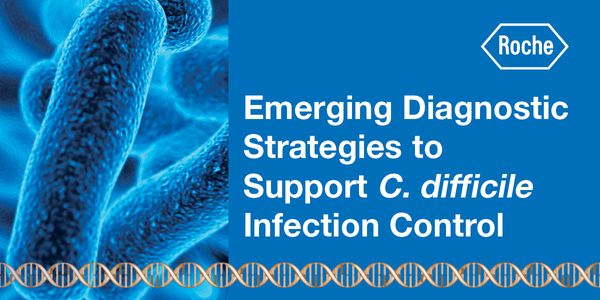Clinical Microbiology
Clinical Microbiology is a branch of medical science concerned with the prevention, diagnosis and treatment of infectious diseases. Moreover, this field of science is concerned about various clinical applications of microbes for the improvement of health. There are four kinds of microorganisms that cause infectious disease: bacteria, fungi, parasites and viruses.
-
High-throughput screening is widely useful in identifying genes and pathways that drive changes in cell behavior such as cell cycle regulation, metastasis, and drug resistance. Millipor...Speaker: Andrew Ravanelli, PhD
Molecular analyses of cancer biology have tended to segregate between a focus on nucleic acids – DNA, RNA and their modifications – and a focus on proteins and protein function. P...
Speaker:
Karin Rodland, PhD
Understanding the immune repertoire is an important aspect of immuno-oncology research, which can be used to gather insights into the function and overall status of the immune system. We have...
Speaker:
Samuel Rulli, PhD
AUG 15, 2018 | 8:00 AM
DATE: August 15, 2018TIME: 08:00AM PDT, 11:00AM EDTThe failure of current chemotherapeutic strategies in the fight against cancer can be largely attributed to the occurrence of drug res...
JUN 20, 2018 | 7:00 AM
DATE: June 20, 2018TIME: 07:00AM PDT, 10:00AM EDTIntroducing GE’s New Lyo-StableTM service. Sepsis is one of the top challenges facing hospitals in terms of clinical outcomes...
JUN 05, 2018 | 6:30 AM
DATE: June 5, 2018TIME: 06:30AM PDT, 3:30PM CEST Viscous liquids are a challenge in every lab that deals with them. Depending on how viscous a liquid is, pipetting is either...
MAY 07, 2018 | 10:00 AM
Part of the Transplant Education Webinar Series, PACE accredited, Open May 7th, 2018 at 10:30am PDT, 1:30pm EDT...
Speaker:
Dr. John McKinnon, MD, MSc
, Dr. Frederick (Rick) Nolte, PhD
Sponsored By: Abbott Molecular Diagnostic
Inappropriately prescribed antibacterials for viral respiratory illness contribute to increased healthcare costs, unnecessary drug-related adverse effects, and drive antimicrobial resistance....
Streptococcus pyogenes or Group A Streptococcus (GAS) is a pathogenic bacteria that causes both invasive and non-invasive infections resulting in mild to severe life-threatening disease.L...
Speaker:
Donna Wolk, MHA, PhD, D(ABMM)
In today’s modern laboratory, resources are often stretched as laboratories struggle to manage multiple priorities, meet regulatory requirements, and contain costs. This is especially t...
Speaker:
Christine Paszko, PhD, MT (ASCP)
Presented at: Cannabis Sciences Virtual Event Series 2018
MAR 22, 2018 | 7:00 AM
DATE: March 22, 2018TIME: 07:00am PDT, 10:00am EDTClostridium difficile (C. diff) is a highly problematic healthcare-associated infection that is easily spread and often results in poor...
How does a low-level sensory representation rise into conscious awareness? What determines whether higher-order cortical areas have access to the representational content in sensory regions?...
Some of the most significant hurdles faced by neuroscientists in the field of neurodegenerative disease research when seeking to acquire genetic information include sample accessibility, repr...
Speaker:
Kelly Miller, PhD
























